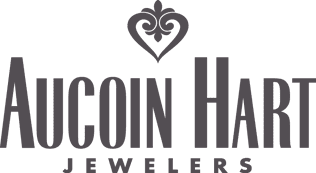Natural Vs. Lab Grown Diamonds
August 22nd, 2020
Natural Vs. Lab Grown Diamonds
There is a growing segment of the diamond market that is gravitating towards lab grown diamonds as viable alternative to natural diamonds. At Aucoin Hart, we want to educate consumers beyond the current marketing trends and more towards a longer-term perspective. Is a lab grown diamond something you should consider? Answering this question is the purpose of this article.
The marketing for lab grown diamonds tells the story of advanced technology and innovation, of sustainable products that use less energy than mining, and of course being able to buy a diamond for a lower price than natural diamonds. Natural diamonds are renamed ’earth mined? to focus on the kind of extraction or development instead of rarity. But is there another perspective to consider’
I remember as a teenager, twenty-plus years ago, visiting pawn shops around my town for diamonds and precious gemstones at a bargain price. I recall these large glasses two-gallon jars full of different colored gems. I asked the store owner what those were, and he answered that they were lab grown (back then they were just called ’synthetic’). I inquired as to how much one would cost me, and he said $5 to $20 or more, but in jewelry stores they can cost hundreds. I asked how much he paid, as we were open about our trading businesses. He said he got them for free-when he bought gold, he broke those out of the mountings and sold the gold, and didn’t pay anything for the lab grown gemstones--they got thrown in jars. In that jar were genuine rubies, blue sapphires and emeralds (by ’genuine? it is meant that the molecular structure is the same as the natural counterpart, meaning ruby and sapphire are genuine corundum, and emerald is genuine beryl). Yet they had no value, because they were not natural, and there was no demand.
What has caused the current popularity of lab grown diamonds? Are they any more valuable than lab grown rubies, blue sapphires and emeralds’
The Difference Is Demand
There is no inherent value in a lab grown diamond that should make it significantly more expensive than moissanite or cubic zirconia, and over time, the pricing will come to a level similar to those stones. We’ve already seen price decreases, year over year in very large percentages as production of these has ramped up. But there is a solid demand right now, and so lab grown diamonds enjoy highly inflated margins as compared to lab grown rubies, blue sapphires and emeralds, which lack any marketing effort.
Lab Grown Diamonds Are Not Precious Gemstones
The attributes that define a gemstone as ’precious? are beauty, rarity and durability. Historically, diamonds, blue sapphires, rubies and emeralds were the most popular precious gemstones. The next category is semi-precious gemstones, such as topaz, amethyst, alexandrite.
Some examples of semi-precious gemstones:
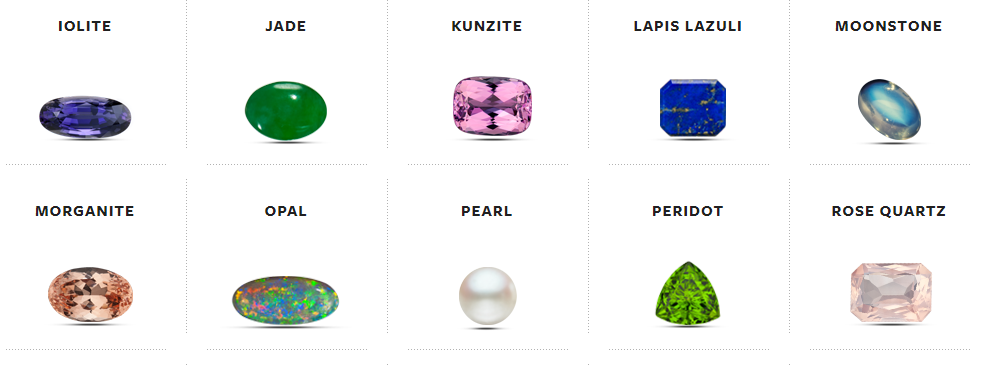
https://www.gia.edu/gem-encyclopedia
These are a notch down from precious gemstones, in one or more of the defining categories. And you can have very valuable semi-precious gemstones. For instance, there are pearls worth hundreds of thousands of dollars due to their beauty and rarity, but since they are not very durable, they are still a semi-precious gemstone.
One of the least expensive semi-precious gemstones is quartz because it is so common.
When it comes to lab grown diamonds, there is no element of rarity, and thus they are not in the same category as natural diamonds.
Lab grown diamond factory in China:
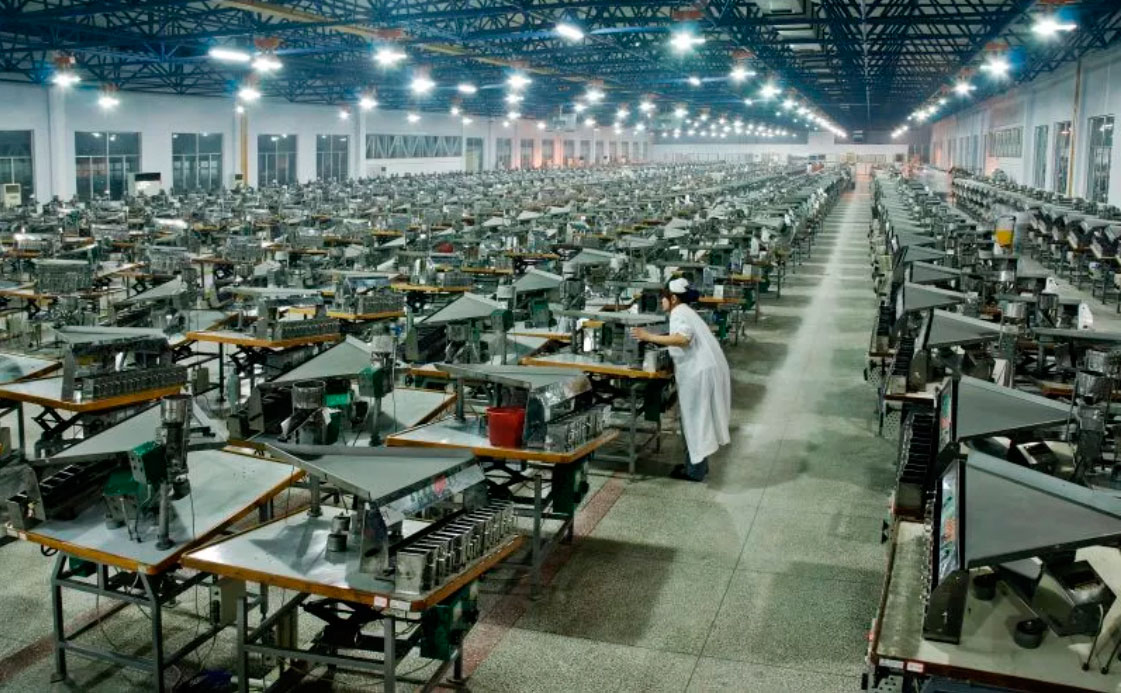
#Technology, Or Not So Much’’
One of the selling points of lab grown diamonds to the millennial customer is that advances in technology have expedited the proliferation of availability of these diamonds in bigger quantities, thus now more than ever they can be considered for significant purchases. But is this the case’
I remember working for a diamond wholesaler in New York City, and we had a retail jewelry store account who needed a 5-carat marquise in a certain quality. There were very few 5 carat marquises on the market at that time. We found one, but the supplier who owned the diamond was charging a very high price. We could still make the sale and profit, so we were willing to make the deal. But our owner, who has been cutting diamonds since 1927 when he was 13 years old, said we absolutely could not sell that diamond. He refused to allow us to make the sale.
As I pondered that situation, over time I realized what he meant when he had said that the diamond was overpriced. To me, since it was the only option, the price is okay - there is nothing else out there. But to an experienced cutter, he realized that the rough to cut 5 carat marquises was plentiful and reasonably priced; it was just that there was no demand, so cutters were using that rough to cut ovals instead. If there were any demand at all, there could be an abundance of 5 carat marquises on the market.
The technology to cut lab grown diamonds has been around since at least the 1970’s. High-pressure, high-temperature (HPHT) presses could produce diamonds sufficient for engagement rings at that time. However you couldn’t give away a synthetic or ’lab grown? diamond then, so no innovation was pursued. Had there been a clever marketing scheme, the technology could have been advanced at that time. In fact, China is refitting old HPHT presses that have been used for decades for producing diamond dust for industrial purposes to produce larger diamonds for jewelry. It’s not much of a technological advance as much as a repurposing. And most lab grown diamonds in the United States are being produced overseas.
The Value Proposition
Economically speaking, the fundamental way a product should be priced is a function of cost to produce and profit margin desired. For most businesses, to double one’s cost is the goal. If something costs me $200 to make, I want to sell it for $400 to profit nicely in the long run.
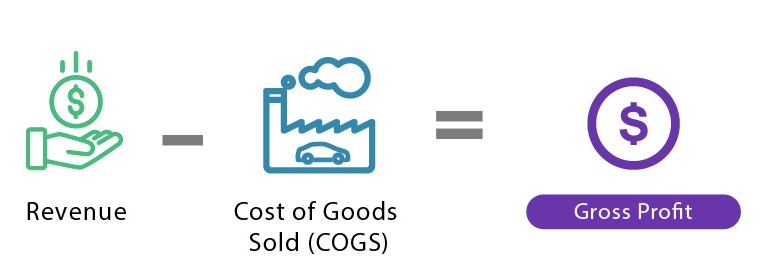
Now, the world of natural diamonds has become extremely competitive and diamond margins are much, much smaller. In fact, the margins are so small that many jewelers have given up on diamonds and have moved on to more profitable areas.
Enter lab grown diamonds. It has been reported that the perpetuating of the marketing push to sell lab grown diamonds is due not to their inherent lure or any value they bring, but rather the better profit margins for retailers. Thus retailers are promoting lab grown diamonds, but when retailers make more margin, consumers receive less of a value.
De Beers has done research and determined that using the proper formula, lab grown diamonds should cost a consumer $800 per carat, no matter how large or small the diamond is. That means a .25 carat should cost $250, a 1 carat should cost $800, and a 2 carat should cost $1,600.
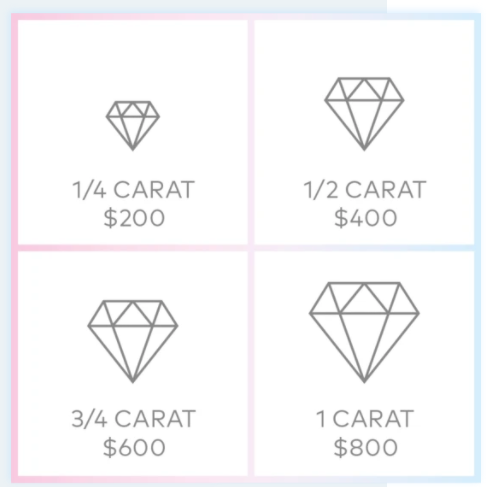
Where lab grown diamonds should be priced as a function of some reasonable margin over cost, they are currently being priced at the business-to-consumer level (B2C) as a function of discount to natural diamonds. In other words, lab grown diamonds are being priced as a comparison to natural diamonds, feeding off the rarity of natural diamonds without having any rarity themselves. But at the wholesale level, prices for lab grown diamonds are much lower. This is causing quite the chasm between wholesale (B2B) and retail (B2C) prices and is leaving consumers with overpaying by large sums.
Picasso Or Print’

For millennia, natural precious gemstones have been sought after by princes, royalty, and everyday people who desire something with incredible beauty and rarity. They pass their heirloom jewelry from generation to generation, and not only is it breathtaking to behold, but it carries with it enduring meaning and persona sentiment.
The lure and intrigue of a beautiful gem found in the earth and fashioned to reveal its innate brilliance is something that will continue to be treasured over time.
Imagine if you had an opportunity to procure a genuine Picasso original, or the same instance but you can obtain a print. Of course, the print is nice, it is great to see, but there is something about owning the original, knowing that Picasso himself painted it. Looking at the brush strokes yourself - not a copy, but the one that his hands touched. This is something that cannot be repeated, something that cannot be produced in a lab or a machine. It is special, it is unique and it is yours. There is not another in the world exactly like it. The same holds true for natural diamonds.

